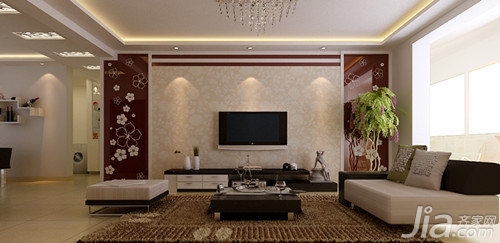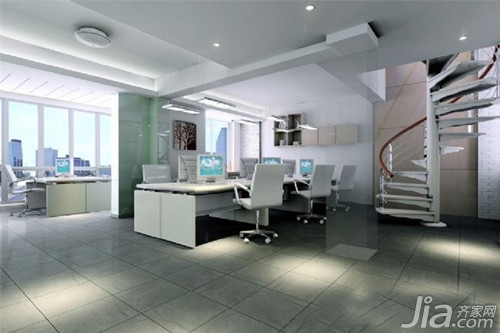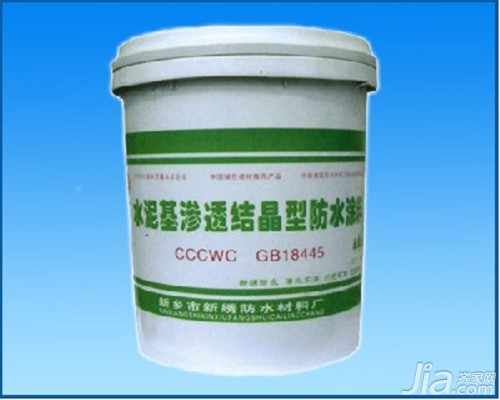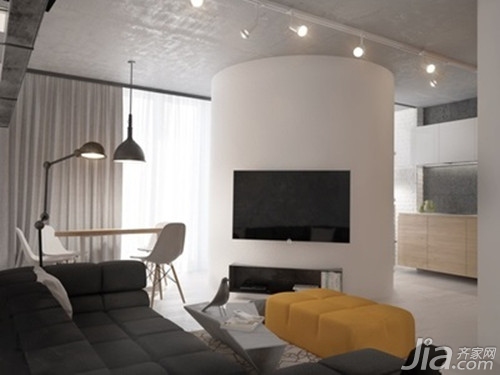Characteristics of outdoor waterproof coatings : anti-corrosion, waterproof, oil-proof, chemical-resistant, light-resistant, and temperature-resistant. The outdoor waterproof coating is exposed to the atmosphere and is eroded by oxygen, moisture, etc., resulting in metal corrosion, wood decay, and cement weathering. The surface of the object is coated with an outdoor waterproof coating to form a protective film, which can prevent or delay the occurrence and development of these destruction phenomena and prolong the service life of various materials.

Outdoor waterproof paint decoration features: color, gloss, pattern and flatness. The application of outdoor waterproof paint to objects of different materials can give a colorful, colorful appearance, which serves to beautify the environment of human life, and makes contributions to the material and spiritual life of human beings.
The surface of the outdoor waterproof coating paint film appears scale-like shedding. These peeled paint pieces are brittle and their edges roll off the surface of the substrate. The mechanical finish loses its bond with the underlying surface.
The reason for this phenomenon is:
a) The underlying surface is contaminated with wax, grease, silicone, oil, mold release agents, water, rust, or soapy water.
b) No metal surface treatment agent is used on the surface of the steel or aluminum substrate, or the metal treatment agent used is not of the correct type.
c) The bonding force of the substrate surface is not enough.
d) When the paint is applied, the substrate surface temperature is too high or too low.

e) Improper method of spraying the primer, the primer is not fully dried.
f) The viscosity of the paint is not appropriate, the type of thinner material used is incorrect or of poor quality, and the pressure of compressed air is too high.
g) The film is too thick.
h) Internal stress exists between two adjacent paint films.
Construction practices:
1, the structure of the roof
The roof shall be impervious concrete and impervious grade shall not be less than P6. Low slump concrete should be used as far as possible on the premise of satisfying construction conditions. Roof concrete must be poured and compacted to ensure the impermeability of the structural body. The top plate should be flattened and calendered when pouring the concrete.
2, closed water test and structural repair
After completing the installation of all kinds of pipes, flue pipes, and water outlets on the outlet board and sealing around them, the water shutoff test of the structure was conducted and the leakage was repaired.
3, leveling layer / slope layer
Slopes should be taken directly from the structure and the slope should not be less than 1%. When the structure is difficult to find slopes, it can be used to find slopes. The slope layer should preferably be fine stone concrete or cement mortar. Use light aggregate concrete such as ceramsite and expanded perlite with caution. Must be in all out of the roof or the intersection with the roof of the pipeline, flue, wall and other corners of the roof and the intersection of the roof with a cement mortar to a radius of not less than 50mm rounded.

4, polyurethane waterproof layer
The waterproof layer adopts polyurethane waterproof coating of not less than 2mm thick. Outer corners/outside corners, outlets, pipes, flue ducts, sinks, etc. shall be provided with additional waterproof layers. The waterproof additional layer material and method are the same as the waterproof layer, and the waterproof additional layer should start from the inside/backside and the back/downward extension and the horizontal extension should not be less than 250mm.
5, closed water test
After the construction of the waterproof layer is completed, a water-sealing test is performed for 24 hours. The highest depth of the board is 30 to 50mm. And arrange for someone to check the record. It was found that the leakage should be analyzed and rectified. After the completion of the rectification, the water was closed again until no leakage occurred.
6, waterproof protective layer
After passing the water test, a 40mm thick C20 fine stone concrete protective layer shall be constructed, with φ6@200 single-layer bidirectional reinforcement mesh. When constructing a waterproof protective layer, the waterproof layer must be protected and the waterproof layer must not be damaged.
7, coil waterproof layer
The waterproof layer uses a waterproof membrane that is not less than 4mm thick. Above the surface of the board wall, outlet board piping, flue, sink and other Yinjiaoyangyang parts must be added waterproof additional layer. The waterproof additional layer material and method are the same as the waterproof layer, and the waterproof additional layer should start from the inside/backside and the back/downward extension and the horizontal extension should not be less than 250mm. The anti-height on the waterproof layer is not lower than 300mm of the finished surface of the planting soil.

8, rigid protective layer
When constructing a rigid protective layer, the waterproof layer must be protected and the waterproof layer must not be damaged. When the top plate is not covered with soil, the rigid protective layer is 40mm thick C20 fine stone concrete with φ6@200 single-layer double-direction reinforcement mesh. Within the protective layer, the seam is not more than 4m×4m (the steel is broken in the seam), the seam width is 10, and the sealing paste is filled in the seam; the expansion joints are arranged around the root of the wall, the seam width is 20mm, and the sealant is filled; When the roof is covered with earth, the rigid protective layer is 40mm thick C20 fine stone concrete, with φ6@200 single-layer two-way reinforcement mesh. The rigid protective layer is not provided with dividing seams. If there is a wall around it, expansion joints are provided at the roots of the surrounding walls. The width of the joints is 20mm, and the sealant is filled.
9, filter layer
When the top plate is not covered with soil, a water filter layer is not provided, and a decorative layer can be directly formed on the rigid protective layer. When the roof has a cover soil, a water layer should be set up. The water layer should be constructed as follows:
a. Use a 60-thick particle-size 10-30 stone filter layer. The stone should be preferentially pebbled. The upper part of the stone should be laid with non-woven fabric, surrounded by a 100-degree turn and bonded with an adhesive.
b. When using the finished plastic drainage board, be careful not to allow dirt, cement, sand and other garbage to enter the front space of the drainage board, and ensure the space of the drainage board is unblocked. When laying, do a good job of protecting measures as much as possible, and do a good job of backfilling the soil as soon as possible to prevent the strong wind from disturbing the drainage board and affecting the quality of the laying.

10. The thickness of planting soil must meet the soil thickness required for the upper seedling species. Quality Control Point:
1. Roof seepage-resistant concrete quality and structure slope-seeking;
2, waterproof material quality and waterproof layer construction quality control;
3, fine stone concrete protective layer construction;
4. Water quality control of the water filtration layer (water collection system);
5, finished product protection.
About the outdoor waterproof coating related information for everyone to introduce here, I hope this article helps everyone. If you still have something you don't understand, you can leave a message to Xiaobian at the bottom. We will answer your questions as soon as possible.
Decoration waterproof
A flange can also be a plate or ring to form a rim at the end of a pipe when fastened to the pipe. A blind flange is a plate for covering or closing the end of a pipe. A flange joint is a connection of pipes, where the connecting pieces have flanges by which the parts are bolted together.
Although the word flange generally refers to the actual raised rim or lip of a fitting, many flanged plumbing fittings are themselves known as 'flanges':
There are many different flange standards to be found worldwide. To allow easy functionality and interchangeability, these are designed to have standardised dimensions. Common world standards include ASA/ASME (USA), PN/DIN (European), BS10 (British/Australian), and JIS/KS (Japanese/Korean). In the USA, ANSI stopped publishing B16.5 in 1996, and the standard is ASME B16.5
Flange And Fitting,Vacuum Flanges and Fitting,Steel Pipe Flanges and Fittings,Flange Clamp and Flange Fittings
Yixing Steel Pole International Trading Co., Ltd , https://www.yx-steelpole.com